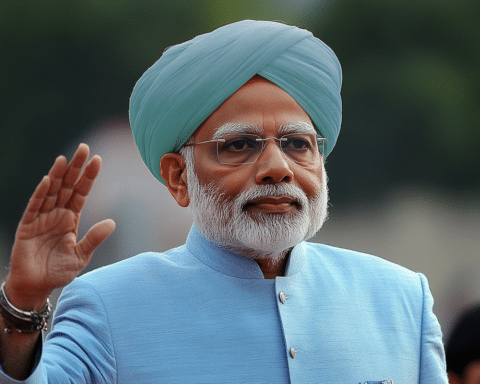According to the United Nations’ latest report on global economic trends, the world economy is expected to sustain a growth rate of 2.8% in 2025. This marks a year of stagnation, with the pace of expansion holding steady compared to 2024. While economic activity continues, the growth rate remains significantly below the pre-pandemic average of 3.2%, indicating ongoing structural challenges.
A key factor behind the sluggish global growth is the economic performance of the world’s two largest economies, the United States and China. The report highlights that while both countries are expected to experience positive growth, it will be at a slower rate than in previous years, limiting overall global expansion. For the U.S., growth is expected to decelerate from 2.8% in 2024 to just 1.9% in 2025. This slowdown is largely attributed to a softening labor market and slower consumer spending, two key drivers of the American economy.
Similarly, China’s economy is forecast to grow at 4.8% in 2025, following a 4.9% growth in 2024. The report attributes this slight decline to weak consumption and persistent struggles within the country’s property sector. However, strong export performance and public sector investments are expected to partially offset these challenges, keeping the economy on a steady, if slower, growth trajectory.
In contrast, the European Union is projected to see a modest recovery. The region’s economic growth is expected to increase from 0.9% in 2024 to 1.3% in 2025. This improvement will be supported by easing inflationary pressures and resilient labor markets across many European countries. Though recovery remains sluggish, the outlook is slightly more optimistic compared to the past year.
On the other hand, South Asia is anticipated to continue as the fastest-growing region globally. With a projected 5.7% GDP growth in 2025, South Asia’s economy is expected to outperform all other regions, driven largely by India’s robust economic performance. India, in particular, will play a central role in this growth, with the country forecast to expand by 6.6% in 2025. This growth is propelled by strong private consumption, increased investment, and a favorable demographic profile. Other countries in South Asia, including Bhutan, Nepal, Pakistan, and Sri Lanka, are also expected to experience economic recoveries, further supporting the region’s overall growth.
Globally, inflation is expected to ease in the coming years. After reaching 4% in 2024, global inflation is forecast to decline to 3.4% in 2025. This easing of inflationary pressures is likely to provide some relief to households and businesses worldwide, helping to stabilize economies and improve living standards.
Interest rates are also expected to decline as central banks continue their efforts to combat inflation. With inflationary pressures easing, central banks, particularly those in developed economies, are likely to reduce interest rates further. These reductions are aimed at fostering economic growth and supporting investment, although monetary easing alone is unlikely to fully revitalize global growth.
Despite the relatively slower global growth forecast, there is growing recognition of the need for multilateral action to address the interconnected crises facing the world today. Challenges such as rising debt levels, inequality, and climate change are all contributing factors to the subdued economic performance. The report highlights the need for international collaboration and comprehensive policies to address these issues effectively.
Although the global economy will keep growing in 2025, the pace will be slower compared to the years before the pandemic. Key economies such as the U.S. and China will face challenges, and global growth will be further constrained by persistent structural issues. However, regions like South Asia, driven by India’s economic strength, will provide some optimism for the future, offering potential for continued development and recovery in the coming years.





